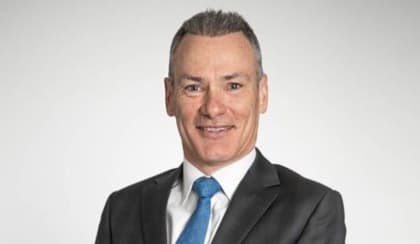What are commercial investors waiting for?
Commercial investors are reportedly ready to spend as soon as certain factors fall into place.

According to Melbourne-based commercial property firm Fitzroys, a cohort of commercial investors are “waiting in the wings”, looking for signs that the market has hit the bottom of the current cycle.
Paul Burns, a consultant of the firm, noted in the Fitzroys Capital Markets Update and 2024 Outlook that the results of the Reserve Bank’s fiscal policy are being felt across the commercial property sector. While some have held off on purchases for lack of access to funding, Mr Burns noted that there’s still a pool of buyers ready to spend.
“Turnover of investment property has been very modest recently. This is not a function of willing vendors, but very much because buyers are holding off until they can see the bottom of the market,” he said.
He described those buyers as “astute, counter-cyclical investors”, and noted that some are already coming out of hibernation to take advantage of current opportunities.
“Cashed up, lowly geared investors are looking forward to the opportunities that are emerging and will emerge. These groups generally include high-net-worth privates and ‘pooled investors’ who can tap into their network of investors to raise funds for discounted opportunities,” he further explained.
Choosing the right time to strike is proving to be a delicate art for this cohort. While some might see that there’s still further to fall, Mr Burns noted that sentiment can change quickly.
“As vendors observe a change in the Reserve Bank’s attitude, prices that vendors are willing to sell for today will not be accepted tomorrow,” he said.
He opined that when funding restrictions begin to ease and commercial property is again looked upon favourably by funders, investors will be more willing to take on counter-cyclical risks. Increased competition will then make its impact.
“Picking the precise date when ‘the bell rings’ is very difficult,” Mr Burns acknowledged.
Finding the right property that suits a counter-cyclical purchase is also a challenge for those who have the funds to invest.
“Investors generally remain focused on property with secure, long-term leases to bankable tenants. Any exposure to vacancy, current or pending, is marked down harshly. Investors place a high value on their equity, when financiers require a greater equity component, the total return expectations increase significantly,” Mr Burns said.
In terms of what they’re buying, alternative asset classes are increasingly in investors’ view.
While industrial, retail and office markets are expected to continue on the trajectories they charted over 2023, Mr Burns explained the growing appeal behind certain niche opportunities.
“Federal and state tax concessions have been attracting more local and offshore capital to Australia’s fledgling build-to-rent sector, which is supported by a fast-growing population and supply shortage throughout the broader residential market,” Mr Burns said.
“The healthcare and life sciences sectors are similarly supported by strong demographic tailwinds, including an ageing and growing population, and are also attracting large swathes of capital from domestic and offshore players, from existing and new entrants to the sectors,” he added.

